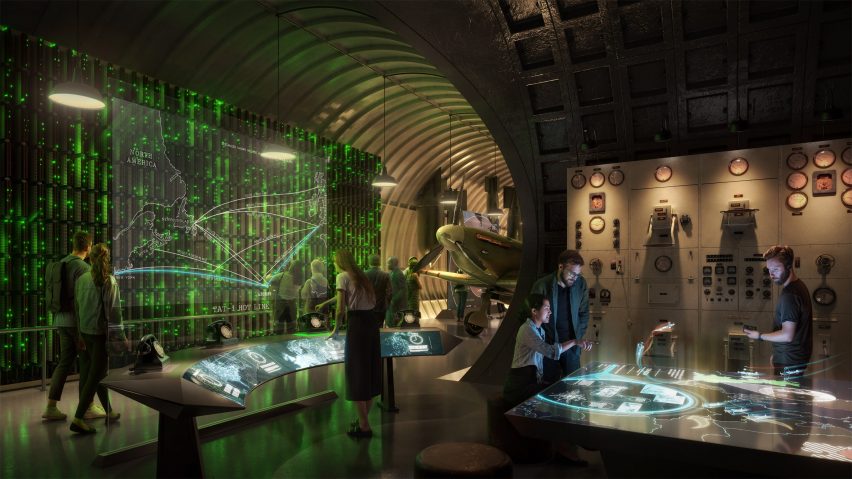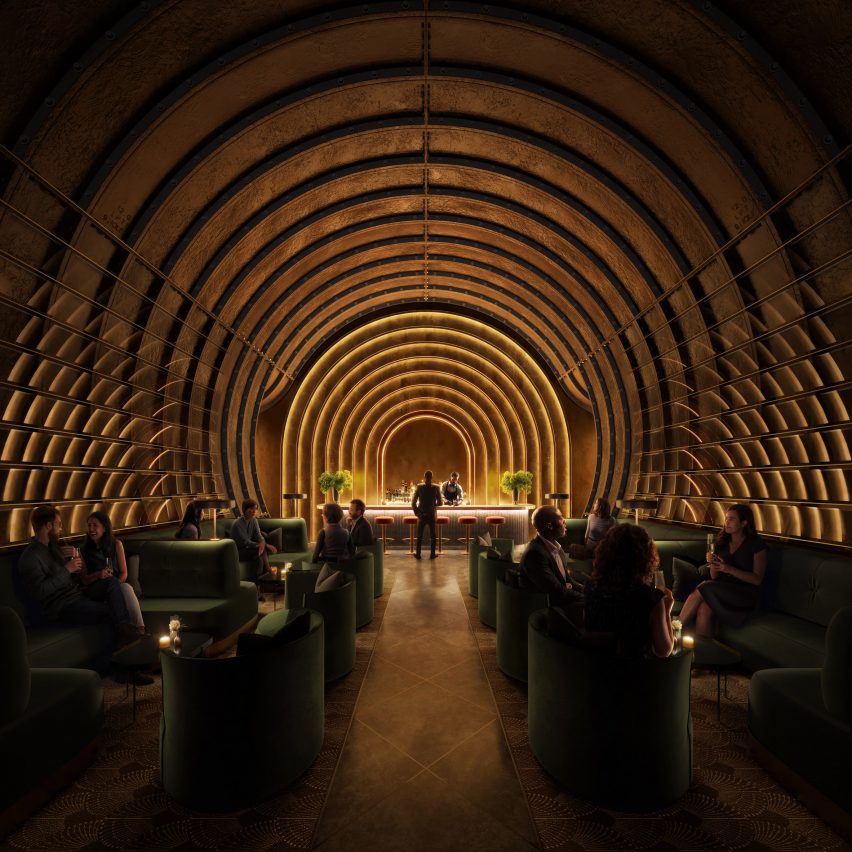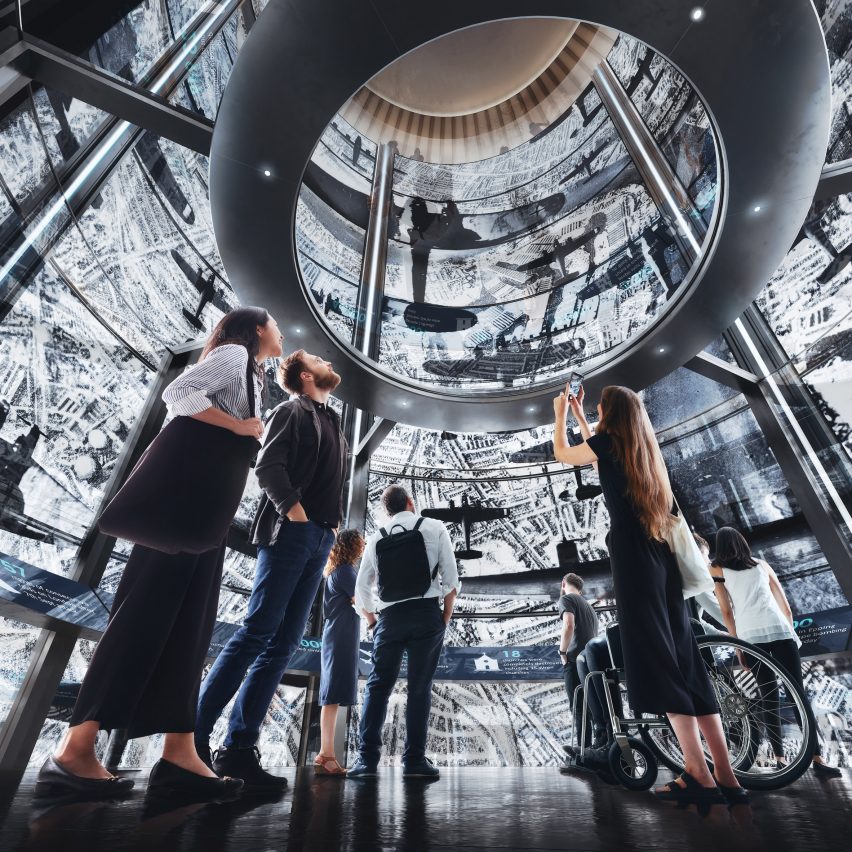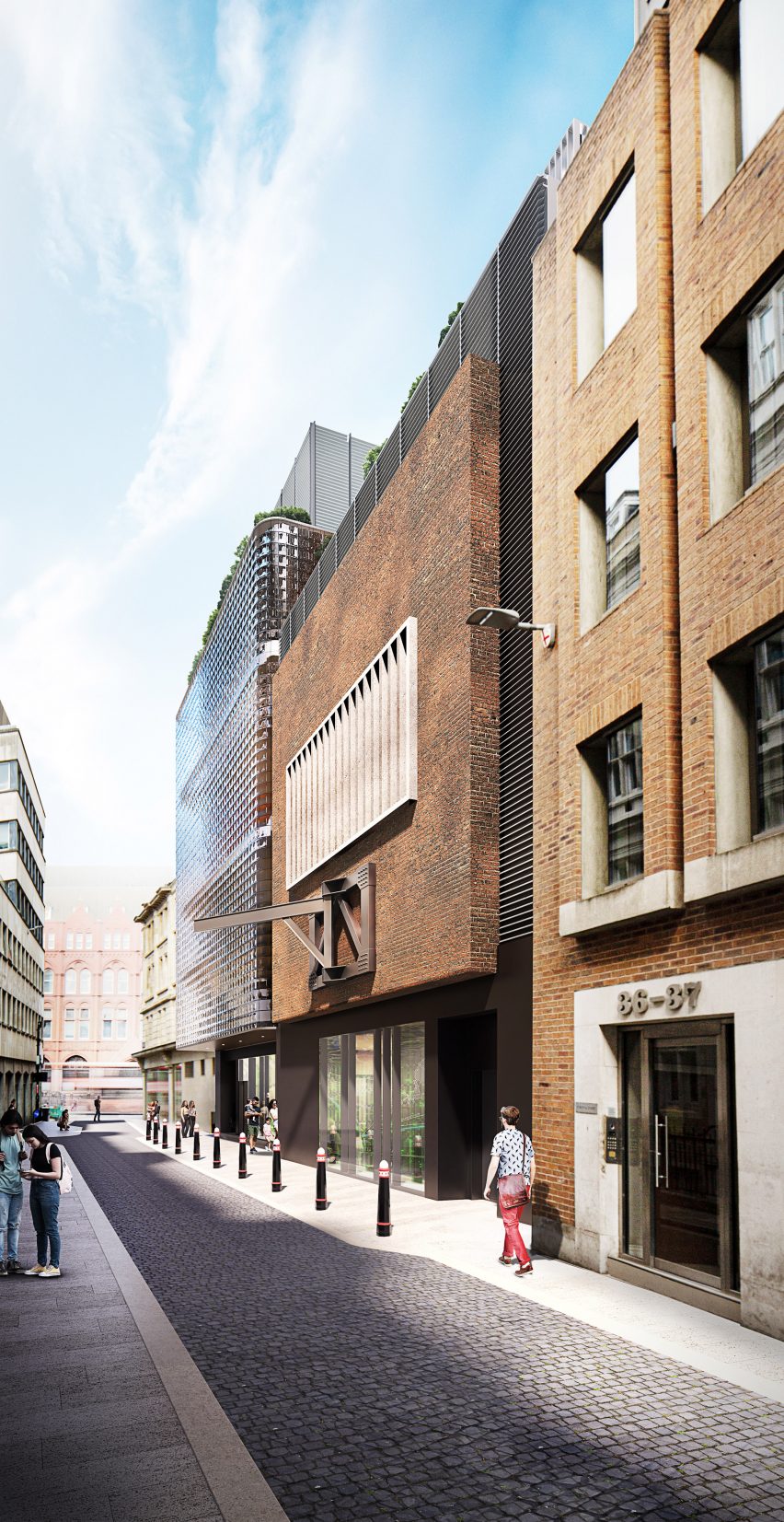
WilkinsonEyre set to open London's secret world war two tunnels to the public
Architecture studio WilkinsonEyre has unveiled designs to turn London's Kingsway Exchange Tunnels into an experience centre, revealing their wartime history as a secret government communications exchange.
Located 40 metres below the street of High Holborn in central London, the passageways were built in the 1940s to provide shelter from the Blitz during world war two.
The tunnels at one point housed the Special Operations Executive, a secret world war two organisation that was an offshoot of foreign intelligence service MI6. During the Cold War, they served as an international telephone exchange.

The Kingsway Exchange Tunnels are no longer subject to the Government's Official Secrets Act and would be restored by WilkinsonEyre, which plans to turn the subterranean space into a cultural experience that will be open to the public.
The restoration would preserve the 8,000 square metres of passageways, which have a combined length of one mile and a diameter measuring 7.6 metres. They are said to have inspired the fictional research division Q Branch in Ian Fleming's James Bond novels.
Wilkinson Eyre's plans, which are subject to planning approval, would include preserving the special operations communication equipment inside the tunnels and adding digital screens, interactive sculptures, speakers and scent-emitting technology to create an immersive experience.
The attraction would reveal the history of the tunnels and provide space to host cultural events in the fields of science, art and entertainment.

When operational as a communications exchange, the Kingsway Exchange Tunnels contained a bar, recreational room and restaurant with mock windows.
It was fully decommissioned in the late 1980s, as advances in technology meant the tunnel's telephone centre became obsolete.
"WilkinsonEyre is delighted to bring our experience designing visitor destinations to this unrivalled location in the heart of London, but unknown to most," said WilkinsonEyre director Paul Baker.
"These secret spaces present the opportunity to tell extraordinary stories that helped shape the 20th century, alongside awe-inspiring digital immersive experiences."
The tunnels have a number of street-level entrances. WilkinsonEyre plans to locate the main entrance to the attraction on a narrow side street at 39-40 Furnival Street, where the studio would "enhance the character of the existing facade".
Secondary access and the exit point would be located around the corner on the main road at 31-33 High Holborn. The visitor experience would end here, in a light, double-height space that would contrast the solid brick exterior of the Furnival Street entrance.
"This is a fascinating and complex architectural challenge, which aligns with our enthusiasm for interesting visitor destinations and our experience bringing new life to old and unusual environments," said WilkinsonEyre.

"The historic significance of the site and its rugged industrial aesthetic will be celebrated in a similar manner to our work at Battersea Power Station, where the character of the building is complemented by high-quality new interventions and well-considered details," the studio added.
"WilkinsonEyre is excited that the proposals embrace both the historic narrative and unique atmosphere of the tunnels and the possibilities of new immersive installations with limitless scope for education and entertainment."
WilkinsonEyre aims to open the Kingsway Exchange Tunnels to the public in 2027.
The studio has previously completed the redevelopment of London's Battersea Power Station and a steel structure with perforated copper cladding for a science, technology, engineering, arts and mathematics centre at a school in Norfolk.
The images are by DBOX.